A Detailed Guide to Bulb Onion farming in Kenya
Bulb onions, also known as Kitunguu Maji in Kenya, is one of the most used vegetables in the world. It is used in cooked meals or raw salads as a flavour additive, and also used in making pickles and chutneys.
Onion farming in Kenya can be profitable. Profitability is dependent on proper market identification, proper planning for labour especially during transplanting and weeding, and good post-harvest handling procedures.
There is an opportunity for Kenyan farmers to grow onions as the country imports close to 50% of onions consumed domestically from Tanzania. This is because Kenyan onion farmers are not able to meet the local market demand.
The market for bulb onions in Kenya
The onion market is enormous, given that almost all Kenyan homes use onions as part of the ingredients of their daily meals. Currently, the cost of a kilogram of onions ranges from Ksh.40 to Ksh.60 and goes higher when there is a shortage in the market.
At the markets, traders usually prefer the mid-sized onions to the larger onions. This is because home users prefer to use one onion once, with no remains as with large onions and also do not like cutting small onions.
If you plan to cultivate the larger bulb varieties, you should target institutions and hotels as your market as they consume vast amounts of onions at a time. Other viable markets for onions aside from fresh produce markets include;
- Hospitals
- Primary and secondary schools
- Hotels and restaurants.
Health Benefits of Onions
Onions are inexpensive, convenient vegetables that contain a multitude of nutrients that have various nutritional and health benefits. Some of the health benefits from onions include;
- Onions are particularly high in vitamin C therefore good for immune health, tissue repair and are necessary for iron absorption into your body.
- Onions also contain a high concentration of quercetin which is a flavonoid antioxidant. The antioxidant helps decrease heart disease risk factors such as high blood pressure.
- You can also eat onions for its antibacterial properties. Research has shown that onion extracts have been successful in inhibiting the growth of harmful bacteria such as Vibrio Cholerae which causes Cholera.
- Onions are also a good source of fiber and prebiotics. This makes them useful for gut health and improves the absorption of minerals such as calcium.
- Onions are also rich in alliums. This will protect you from certain cancers with research showing an almost 15% reduced risk of colorectal cancer.
Varieties of Bulb Onions in Kenya
There are several varieties of onions planted in Kenya. These varieties are based on the climatic conditions they do best in. These varieties include;
- Red Creole – It’s very pungent taste characterizes this variety. It has a red, flat round, globular bulb appearance.
- Bombay Red – This variety does well in dry and warmer conditions. Its seeds Produce small to medium-sized bulbs, which are globe-shaped, deep purple-red color and very pungent
- Red Star F1 – This variety has a globe shape, uniform medium to big bulbs with excellent deep dark red color. It has the right field holding capacity and stores up to 5 months. This breed is tolerant of neck rot and purple blotch diseases
- Texas Early Grano – This is high yielding variety well adapted for the tropics. This variety matures in 120 days from transplanting. It is characterized by its white color and is preferred for the preparation of salads.
- Neptune F1 – Neptune F1 onions are high yielding onions with shinning red bulbs. With good pungency, they are good for salads. They have a flattened globe shape and their skin is red in colour. They mature in about 120 days and have a storage period of 120 days.
- Tropicana F1 – With a maturity period of 100 days and yield potential of 25 tonnes per acre, tropicana F1 has a firm pungent taste, with large red thick bulbs.
Other less common varieties grown in Kenya include;
- Red Passion F1 – This variety has a deep red color and can stay up to 5months in storage without rotting. Red Passion F1 is known to be tolerant to Pink Root and Purple Blotch diseases.
- Jambar F1 – This variety has a dark red globe appearance. It easy to cure and can be grown in the open field and greenhouses. This variety produces large bulbs and has the potential to yield up to 23 tonnes per acre.
- Red Pinoy F1 – Red Pinoy has a maturity period of 90 days from transplanting, stores well for up to 6 months t room temperature, and has a strong urgency. It has a yield potential of 30 tonnes per acre and is tolerant to downy mildew and purple blotch.
Ecological Requirements For Bulb Onions
Onions can grow in a variety of climatic conditions and soil characteristics. For optimal growth, onions will require;
- Bulb onions grow well in well-drained soils. You can also grow onions in shallow soils if you adapt in your management practices. Sandy to silty loams with fine tilth is adequate.
- pH ranging from 6.0-6.8. This is to ensure your onions maintain good macronutrient uptake.
- An altitude of below 1900 metres above sea level.
- The temperature of about 15 – 30 degrees Celsius. If the temperature exceeds 30 degrees Celsius, it hastens maturity leading to the production of small bulbs, consequently lowering the yields. Cooler temperatures also encourage the spread of leaf diseases.
Well distributed rainfall of between 500 -700mm during the growth period. You should, however, note that during the maturity and curing process, dry weather will be more favorable.
Yield per Acre for Bulb Onions
The yield of onions depends on the variety. While talking about return, you should also consider the size of the onion bulbs as larger bulbs will result in a massive output in terms of tonnes of your produce.
The maturity period and yield per acre of onions as per variety is as follows;
- Red Pinoy- This variety takes 90 days after transplanting to mature. It has the ability to yield up to 30 tonnes per acre. It has a shelf life of 6months at room temperature and low humidity.
- Bombay Red- This variety takes 150 days to mature after transplanting. It has the ability to yield up to 16 tonnes per acre.
- Red Creole- This is a standard variety in Kenya due to its adaptability to various climatic conditions. It takes up to 150 days to mature after transplanting. You can harvest up to 16 tonnes per acre when farming this variety.
- Texas Early Grano- This variety is well adapted to the tropics. It matures 120 days after transplanting. You can harvest up to 21 tonnes per acre. The Texas Early Grano variety also has a good shelf life and transportability.
Land Preparation for Bulb Onion Farming
You should plough your land as deep or ripped as possible. Onions do well in deep well-drained soils, and a good seedbed prepared, with all lumps broken up with a disc harrow.
Nursery preparation and transplanting
You should make your nursery bed to raise your seedlings near the planting site to make it easier for you during transplanting. Follow the following guidelines while preparing your seedling nursery;
- You should adjust the beds to be 1metre wide while incorporating compost manure that is well decomposed.
- The seedbed needs to be under a shade, or you can as well prepare a raised cover to protect seedlings from direct sunlight.
- On the seedbed, make rows 15cm apart and drill the seed thinly 1cm deep.
- Cover the seeds using soil and mulch. Onions take between 7-10days to germinate.
- You should ensure that you water the seedbed daily but be careful not to flood it. After the seeds germinate, remove the mulch.
The onion seed rate ranges from 0.8-1.2kg per acre. It is essential to plan your timing very well to ensure that your onions mature when its demand is at its peak. This will ensure that you get maximum returns from your onions.
Transplanting onions
Seedlings are transplanted 6-8weeks after sowing. You can as well transplant your onions when it has produced three to five well-formed leaves, and its base is pencil thick. It is vital to perform a soil analysis test on your farm before planting to determine the nutrient requirements of your soil.
As you approach the intended day of transplanting (7-10 days before transplanting);
- Gradually reduce the rate of watering. This will make your seedlings stronger in terms of structure.
- Remove the shade cover to get the seedlings more used to stronger sunshine.
Before transplanting, you should irrigate your seedbed to avoid damaging your seedling as you pull it from the seedbed. You should also water the field a day before you intend to transplant.
During transplanting, you should follow the following guidelines;
- You should transplant early in the morning or late in the evening (6-10 am or 4-6 pm) when the sun is not scorching.
- Transplant your seedlings in 2.5-3cm deep trenches at a spacing of 30cm between rows and 8-10cm between plants.
- Firm up the seedling with the surrounding soil. Cut off 50% of green tops to hasten your onion take off.
Fertilizer requirements for onions
Fertilizer plays a crucial role in the development of excellent and healthy onions. Before planting, you should apply 10-16tonnes of well-decomposed manure per acre. Ensure the manure is well rotten as fresh manure will cause the development of thick leaves at the expense of bulb formation. You can also add 80kg of TSP to the fertilizer and incorporate it into the soil.
Top Dressing onions
A topdressing of onions can be done in two splits;
- You should top-dress your onions 30days after transplanting at the rate of 40kg of CAN per acre.
- The second topdressing should be done 45days after transplanting at the rate of 80kgs of CAN per acre.
The top dressing exercise should be completed before the onions start forming bulbs. You should not exceed the recommended standards as too much nitrogen will result in the formation of thick necks.
Irrigation Requirements
Onions require light and frequent irrigation depending on the type of soil you have grown your onions in. Lighter soils such as sand will require more frequent water applications, but less water applied.
Onions require just enough moisture during the growing stage. At the bulbing stage, the onions will require a substantial amount of water. You should reduce the watering towards the maturity stage.
You should take care not to over irrigate your crop as excessive moisture encourages the spread of fungal diseases. Also, water stress will cause the bulbs to split or form multiple bulbs in one plant.
Diseases Affecting Onions
Onion diseases can result in considerable losses in terms of the quality and quantity of your produce. It is essential to quickly identify any disease attacks and mitigate them before the disease spreads all over your farm. Some of the conditions that attack onions include;
Purple Blotch– A fungus causes this disease. It appears as small white spots on the foliage and spreads rapidly under moist conditions. A severe attack is indicated by the appearance of large purplish blotches surrounded by yellow to orange border. This infection can spread to the onion bulb where it may cause a wet orange spot starting from the neck. To control purple blotch, you should;
1. Use recommended spacing to ensure proper drainage of the field
2. Spray fungicides such as Mancozeb (Dithane M45®) to the crop to control the spread.
3. Use resistant varieties such as Red Pinoy.
Rust– A fungus causes this disease. It is prevalent in high humidity, high temperature, and densely populated farms. It appears as small reddish dusty spots on the leaves. Heavily infected leaves turn yellow and die. To control rust, you should;
1. Practice crop rotation.
2. Practice recommended crop spacing and nutrition.
3. Spray fungicides to control the spread of the disease.
Neck rot– This disease is caused by a fungus which enters the bulb through cracks in the flesh. It appears as a dark brown patch on the top part of the bulb during storage. To control neck rot, you should;
- Dry the bulbs thoroughly after the harvest.
- Use fungicide treated seeds.
- Store only bulbs with dried out and thin necks.
- Avoid using high nitrogen fertilizers.
Pests affecting Bulb Onions
Pests cause a lot of losses in terms of quality and quantity of the crop. Onions are attacked by a variety of pests the most common being;
Onion flies– They appear as white cream in colour. Onion flies cause damage as they eat the lateral roots causing tunnels into the taproot, plants become shriveled or eventually die. They are controlled by;
1. Practicing crop rotation
2. Practicing field sanitation by destroying infested plants.
3. Using well-decomposed manure.
Onion thrips– They are small, slender winged insects that attack the leaves. Both its nymph and adult attack the leave within the leave sheaths. Infested leaves have silvery sunken patches. When the infestation is severe, the infected leaves wither and dry up. You can control onion thrips by;
1. Use of insecticides
2. Maintaining proper irrigation levels to keep plants from being vulnerable to attack.
3. Ensuring proper weeding is done on the farm.
Leaf miners– They are small black and yellow flies which lays its eggs on the leaf. The eggs will then hatch and feed on the leaf interior, leaving thin, white winding trails on the leaves. This may result in leaves dropping from the plant prematurely. You can control leaf miners by;
- Removing plants from the soil immediately after harvest
- Spraying with insecticide.
Weed Control
There are many ways weed control can be done while farming onions in Kenya. Common weeds that grow alongside onions are Mexican marigold, star grass, sow thistle and thorn apple. Some of the weed control methods include;
- Hand pulling-You can manually extract the weeds by pulling them by hand and burning them before they flower.
- Chemical method- You can use herbicides such as Catapult 480SL and Predator 340EC to control the weeds. Use of chemicals is cost-effective and is also easy and fast to apply. Spraying will only target the weeds meaning there will be no mechanical damage to the crop.
- Weeding- You can employ the use of a hoe to dig out weeds as they emerge. Weeding should be done carefully to avoid damaging your plants.
Intercropping onions
Intercropping is essential in ensuring you maximize your returns from your farm. It also has other benefits such as controlling pests such as caterpillars in vegetative plans. You can intercrop onions with other crops such as kales, lettuce and cabbages to deter caterpillar attacks on the leaves of the vegetative plants.
Onions have also shown the capability of repelling insects on strawberry and peach plants. Other crops that can be planted alongside onions include beets and parsnips.
Care should be taken not to overcrowd the farm so as not to affect the drainage of the farm and to control the spread of fungal diseases.
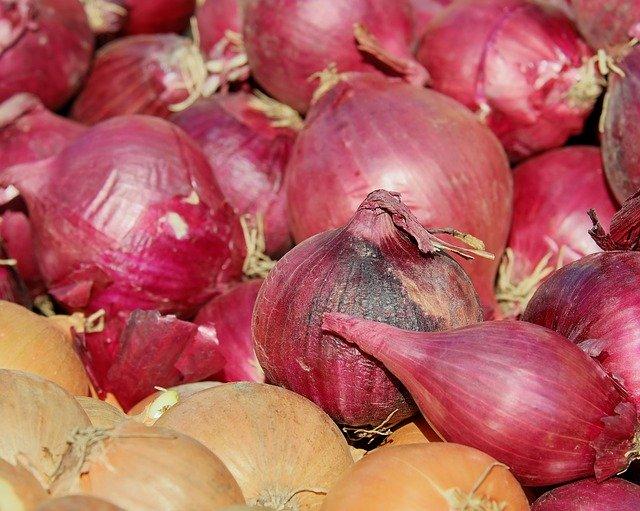
Harvesting and Post-Harvest
Onions usually become ready for harvesting at around 120 to 150 days after transplanting. You should harvest your bulb onions when 75 % of the tops of the crop have dried and fallen over. The onions are harvested by pulling and leaving the bulbs on the soil surface to begin the process of curing.
Post-harvest Care for Bulb Onions
Post-harvest care of onions involves the process of curing. Curing is whereby you dry the neck and outer leaves of the bulb. This prolongs the shelf life of the bulb by preventing moisture loss and attack by diseases. Curing can either be protected or done in the field.
Field Curing
Field curing is only possible in cases when you have harvested your crop in the dry season. Field curing is done by placing the harvested onions in rows in the field with leaves partially covering the bulbs to prevent sunburns. You should allow the neck to dry completely. This can take up to 3 weeks to fully cure.
Protected curing.
You can practice this when the weather does not allow for field curing. Curing is done in a warm, dry ventilated environment away from the rain. Protected curing involves the removal of excess soil from the roots and trimming the foliage leaving 2.5cm of a section of stem at the neck. The onions should be placed in a single layer and let to cure until the necks completely dry.
Sorting Bulb Onions
You need to sort your onions so as to be able to have good quality onions. The following onions should be sorted out:
- Onions with double or small bulbs.
- Onions that are decaying
- Onions that have thick necks
- Onions that have injuries
- Onions that have bolted.
These, except the decaying ones, might fetch some proceeds at low prices, but will not store well.
Grading Bulb Onions
Grading for bulb onions is done before and after storage. For the local market the onion grades are:
- Large onions
- Medium-sized onions
- Small onions
Packaging bulb onions
Onions in Kenya are usually packaged in Onion nets.

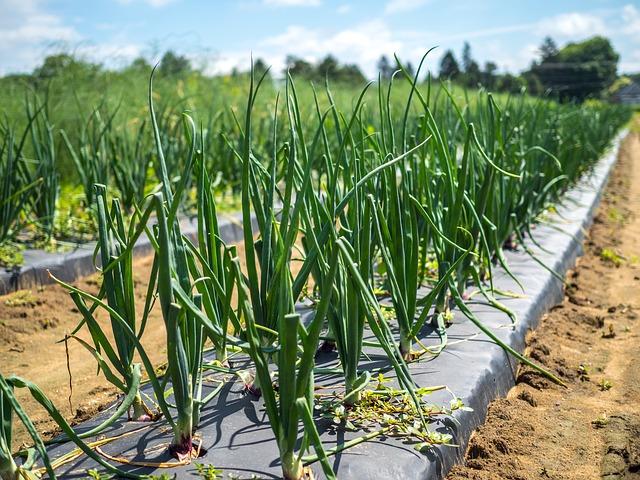
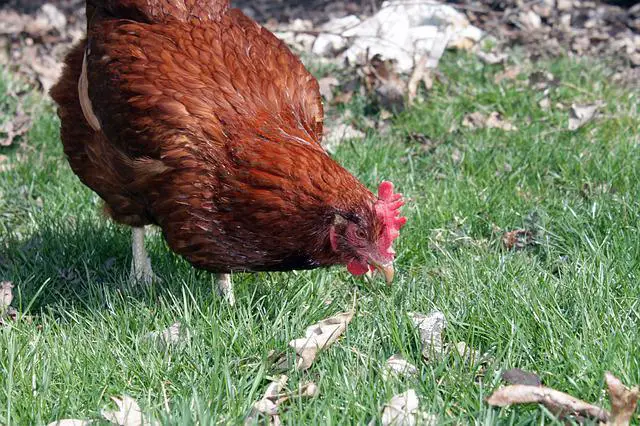
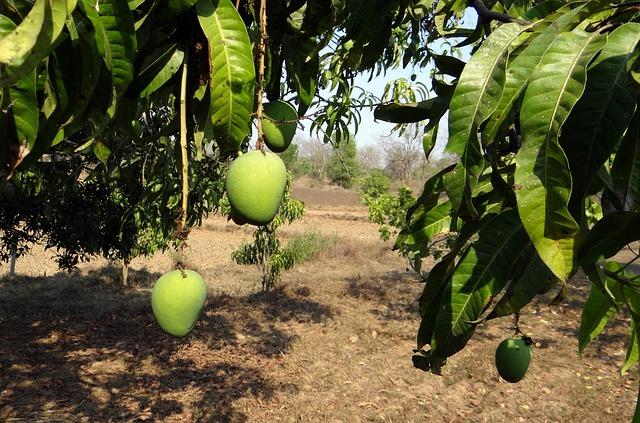
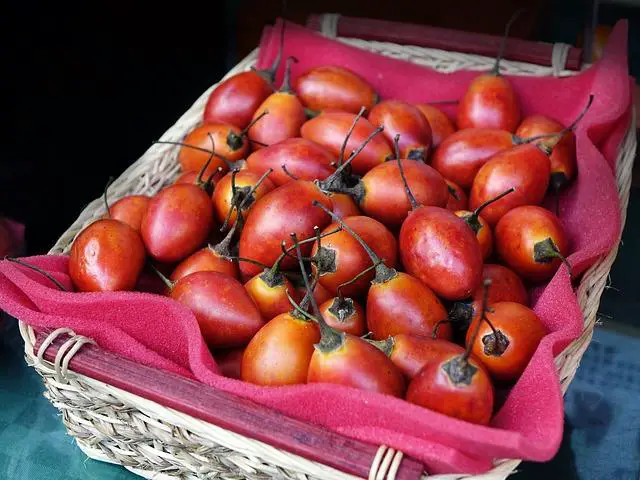
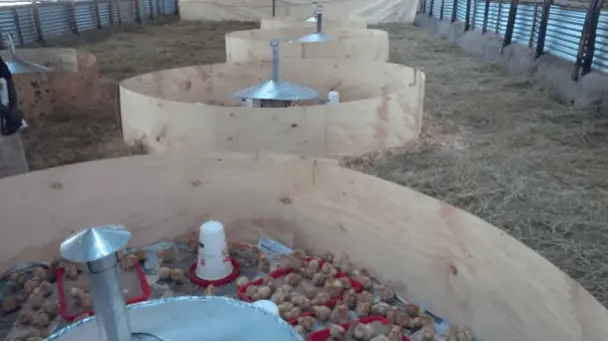
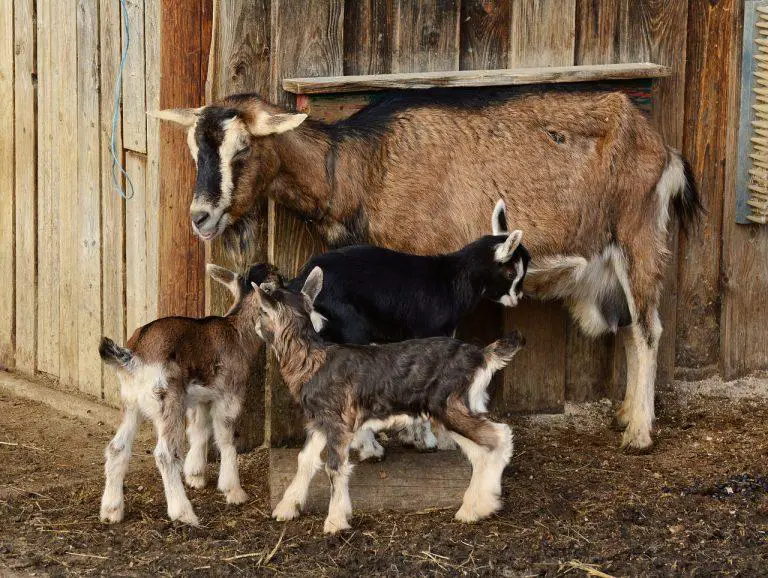

A good and better a guide one can use for good production of onions, thank you so much
The best guide.
I can advice…
The best guide.
I can advice farmers to read this.
This is awesome,
I am now…
This is awesome,
I am now motivated and inspired to join the venture of onion farming and look forward to trial
Info that has been well…
Info that has been well packaged… Kudos ????
Have read the inforrmation…
Have read the inforrmation and understand all the dynamiocs of Onion farming.
Good guide
Good guide
If I plant seeds in the…
If I plant seeds in the nursery and I do not cover with soil but cover with mulch alone, will they germinate well?
Valuable information for all.
Valuable information for all.
Very informative read am…
Very informative read am about to start onion farming